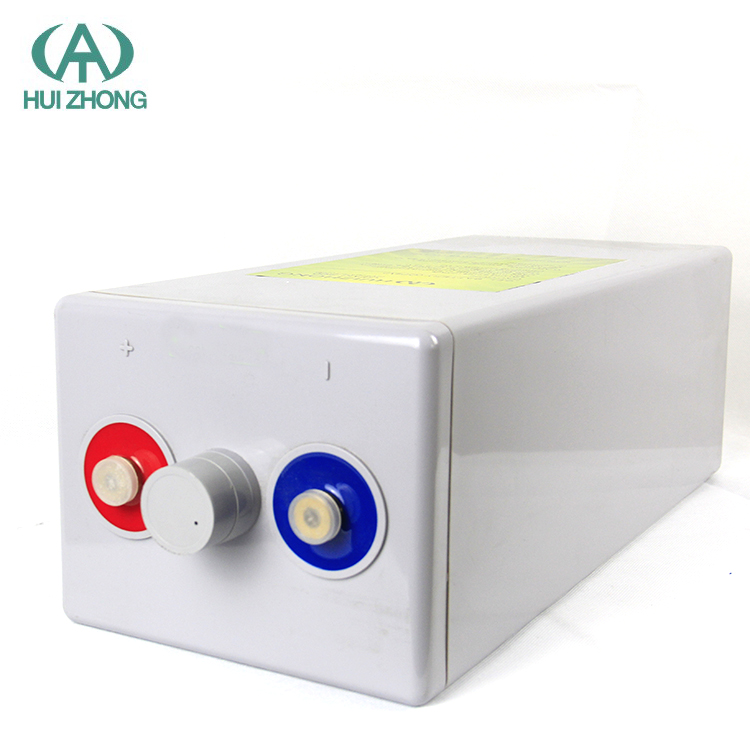Dry batteries and lead-acid batteries are both types of electrochemical energy storage devices, but they have significant differences in terms of chemistry, construction, and applications.
- Chemistry:
- Dry Batteries: Dry batteries, also known as primary batteries, are non-rechargeable batteries that use a variety of chemistries, such as alkaline, zinc-carbon, or lithium, to generate electrical energy through chemical reactions. These batteries cannot be recharged once depleted and are typically discarded after use.
- Lead-Acid Batteries: Lead-acid batteries are rechargeable batteries that use a lead dioxide positive electrode, a sponge lead negative electrode, and a sulfuric acid electrolyte to generate electrical energy. They operate through reversible chemical reactions during charge and discharge cycles, allowing them to be recharged multiple times.
- Construction:
- Dry Batteries: Dry batteries are typically constructed with a sealed casing to prevent leakage of electrolyte. They contain the necessary chemical components within the casing and are designed for single-use applications.
- Lead-Acid Batteries: Lead-acid batteries consist of lead plates immersed in a sulfuric acid electrolyte solution. They are usually constructed with vented or sealed casings, depending on the application. Vented lead-acid batteries require periodic maintenance to replenish electrolyte levels, while sealed lead-acid batteries are maintenance-free.
- Rechargeability:
- Dry Batteries: Dry batteries are non-rechargeable and are designed for single-use applications. Once the chemical reactions within the battery are depleted, the battery cannot be recharged and must be replaced.
- Lead-Acid Batteries: Lead-acid batteries are rechargeable and can undergo multiple charge-discharge cycles. They can be recharged using an external power source, such as a charger, to replenish the energy stored within the battery.
- Applications:
- Dry Batteries: Dry batteries are commonly used in low-drain devices such as remote controls, flashlights, and electronic gadgets where long-term energy storage and rechargeability are not required.
- Lead-Acid Batteries: Lead-acid batteries are widely used in applications that require reliable and rechargeable energy storage, such as automotive starting batteries, deep cycle batteries for marine and RV applications, uninterruptible power supplies (UPS), and renewable energy storage systems.
Overall, while both dry batteries and lead-acid batteries serve as energy storage devices, their differences in chemistry, construction, and rechargeability make them suitable for different applications and usage scenarios. Dry batteries are ideal for single-use, low-drain applications, while lead-acid batteries are well-suited for rechargeable, high-demand applications requiring reliable energy storage.


